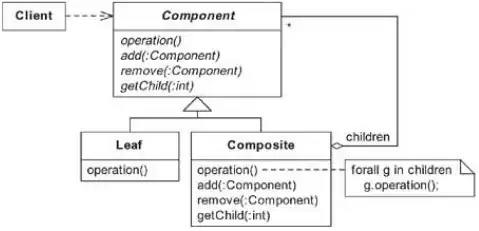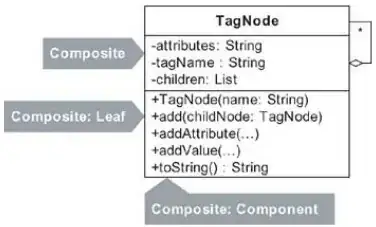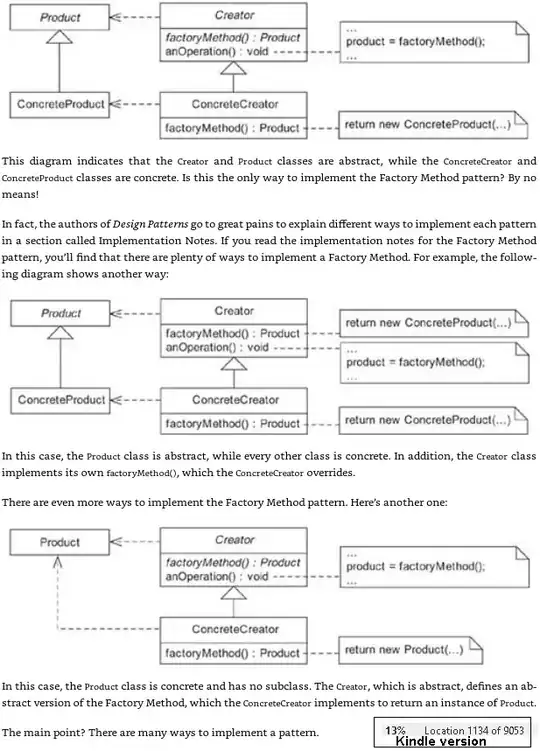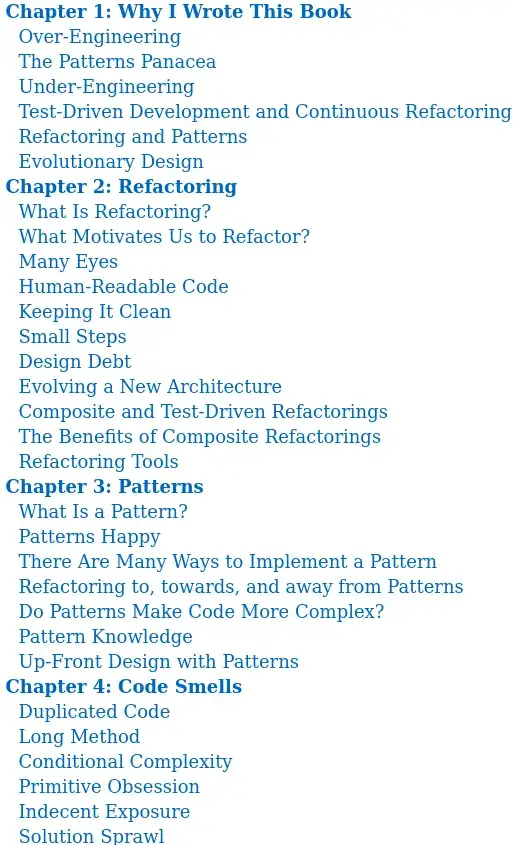I am junior developer among seniors and am struggling a lot with understanding their thinking, reasoning.
I am reading Domain-Driven Design (DDD) and can't understand why we need to create so many classes. If we follow that method of designing software we end up with 20-30 classes which can be replaced with at most two files and 3-4 functions. Yes, this could be messy, but it's a lot more maintainable and readable.
Anytime I want to see what some kind of EntityTransformationServiceImpl does, I need to follow lots of classes, interfaces, their function calls, constructors, their creation and so on.
Simple math:
- 60 lines of dummy code vs 10 classes X 10 (let's say we have totally different such logics) = 600 lines of messy code vs. 100 classes + some more to wrap and manage them; do not forget to add dependency injection.
- Reading 600 lines of messy code = one day
- 100 classes = one week, still forget which one does what, when
Everyone is saying it's easy to maintain, but for what? Every time you add new functionality, you add five more classes with factories, entities, services, and values. I feel like this kind of code moves a lot slower than messy code.
Let's say, if you write 50K LOC messy code in one month, the DDD thing requires lots of reviews and changes (I do not mind tests in both cases). One simple addition can take week if not more.
In one year, you write lots of messy code and even can rewrite it multiple times, but with DDD style, you still do not have enough features to compete with messy code.
Please explain. Why do we need this DDD style and lots of patterns?
UPD 1: I received so many great answers, can you guys please add comment somewhere or edit your answer with the link for reading list (not sure from which to start, DDD, Design Patterns, UML, Code Complete, Refactoring, Pragmatic ,... so many good books), of course with sequence, so that I can also start understanding and become senior as some of you do.




